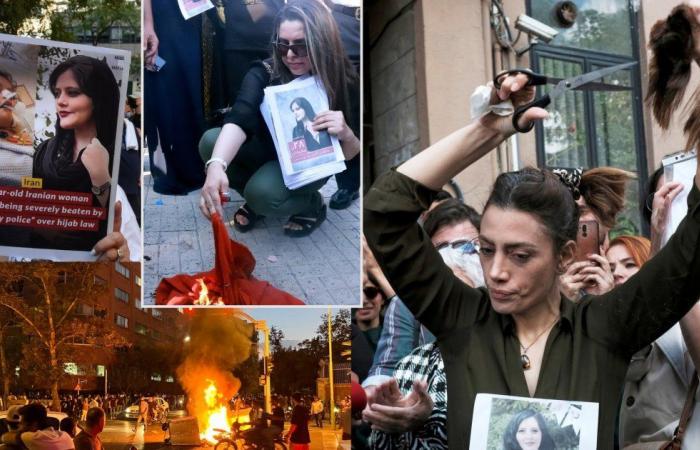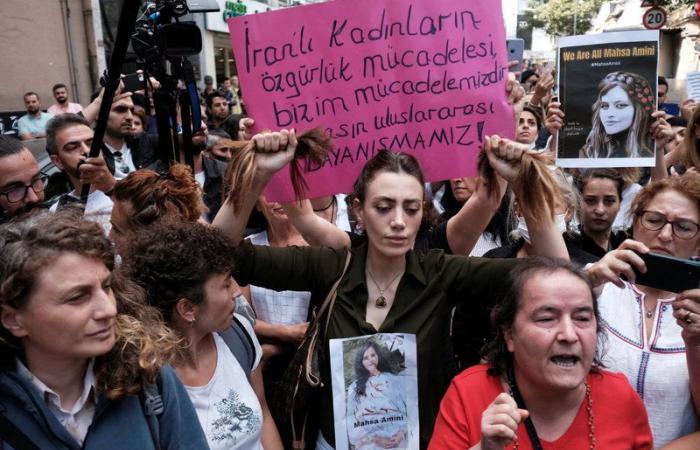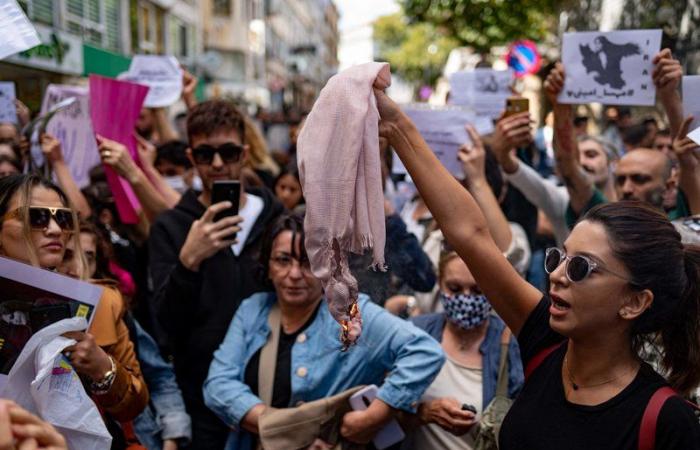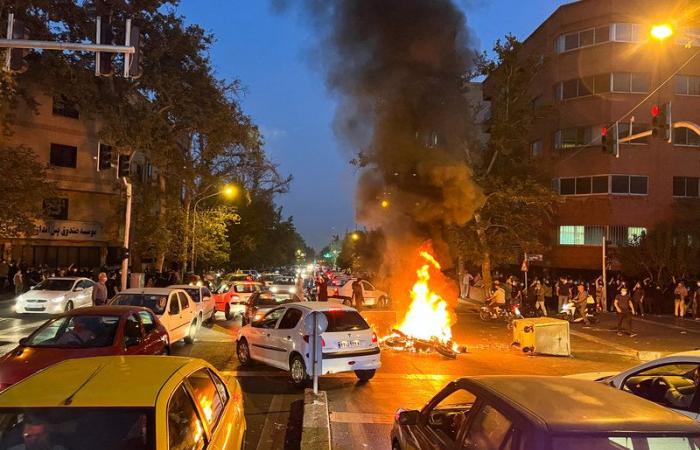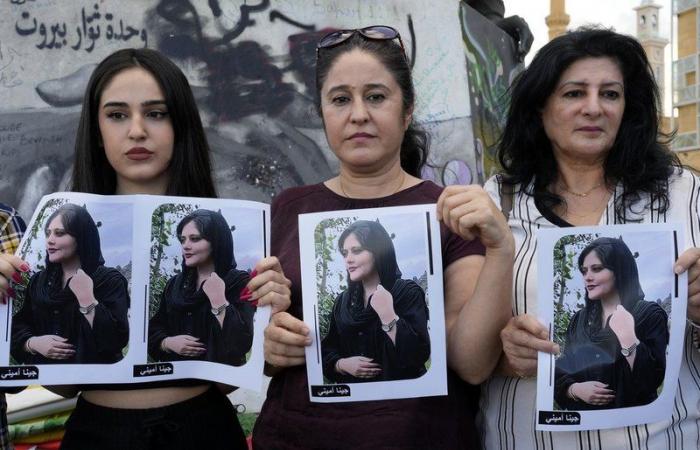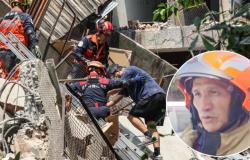Protests rocked Iran last week after Tehran’s morality police arrested a young Iranian woman, Mahsa Amini, who died on Friday. Shocked by the officers’ brutal behavior, thousands of men and women took to the streets, where the latter began publicly burning their hijabs and cutting their hair. Iranian officials began to stop the protests with a bloody crackdown.
Last week, 22-year-old Mahsa Amini was taken to a “re-education” center where she was to receive “advice” on clothing after she was detained in Tehran last week by the morality police, a special unit that enforces strict dress codes for women, such as the mandatory wearing of the head covering (hijab).
A edited video from security cameras published on Iranian state media shows Amini collapsing at the “re-education” center. The girl died on Friday, three days after being hospitalized after being arrested by the morality police.
Activists said she suffered a blow to the head during her detention, but Iranian authorities, who have launched an investigation, have not confirmed this. According to them, the cause of Mahsa Amini’s death is a “heart attack” and a coma after being detained, but the girl’s family insists that she had no previous heart disease, according to CNN.
Women in Turkey protest against the brutal behavior of Iran’s morality police / AFP/Scanpix photo.
Women burned hijabs, cut their hair
On Tuesday, women and men took to the streets for the fourth night in a row in cities and towns across the country. Protests continued in Kurdistan, around Tehran’s main universities, and also, unusually, in Tehran’s bazaar.
Protesters tore down posters of the country’s supreme leader, chanted “death to the dictator” and “woman, life, freedom”, and in several cities demonstrators were recorded setting fires and trying to overturn police cars.
In defiance of the strict laws of the Islamic Republic, women took off their head coverings, burned them and symbolically cut their hair. It was a powerful act of resistance in the Iranian city of Kerman, where women are required to wear hijabs (or head coverings) in public.
Women in Turkey protest against the brutal behavior of Iran’s morality police / AFP/Scanpix photo.
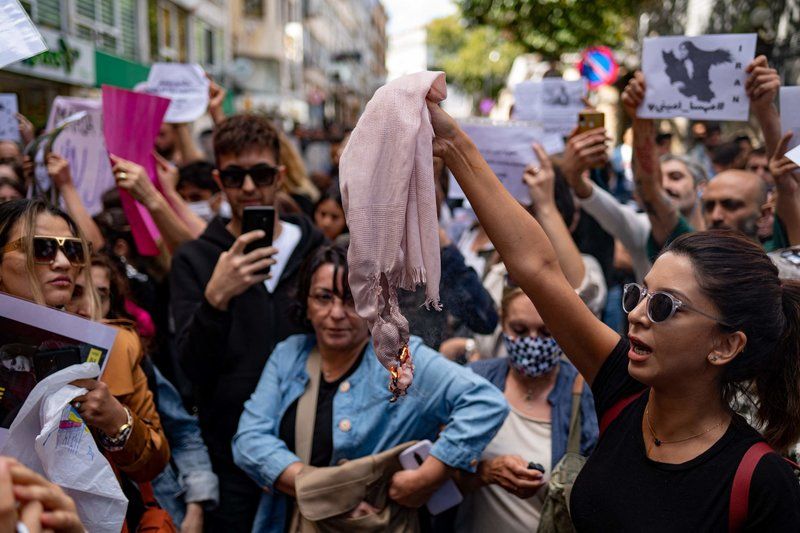
Women in Turkey protest against the brutal behavior of Iran’s morality police / AFP/Scanpix photo.
The protests are among the biggest in Iran since the November 2019 unrest over fuel price hikes. There are a lot of women involved here, and they are surprising in their scale, brutality and rare feminist character.
The first protests broke out on Saturday, during M. Amini’s funeral. They took part in Iran’s northern province of Kurdistan, where the girl was from. They have now spread across the country, reaching Tehran and major cities, including Rasht in the north and Bandar Abbas in the south, as well as the holy city of Mashhad in the east. Protests are also taking place in other countries of the world – the USA, Turkey, Italy. Iranian women living here also cut their hair in public.
Hundreds injured and several dead
Protesters gathered on Tuesday despite the fact that at least three people were killed in Monday’s protests, where slogans against Iran’s spiritual leadership were chanted, according to images posted on social media.

After the death of Mahsa Amini, Iran is shaken by bloody protests / AFP/”Scanpix” photo.
Kurdistan Provincial Governor Ismail Zarei Koosha confirmed the deaths of three people, saying they were “suspiciously killed” as part of an “enemy plot,” Fars news agency reported.
Hengaw, a Kurdish human rights group based in Norway, said it had confirmed a total of three deaths in Kurdistan province, one each in Divandere town, Sakez and Dehgolan.
She added that 221 people were injured and another 250 arrested in Kurdistan, where a general strike also took place on Monday. Activists also testified that dozens of people were also injured. They accused the security forces of firing live ammunition, resulting in casualties.
New York-based Human Rights Watch said eyewitness accounts and videos circulating on social media “show that authorities are using tear gas to disperse protesters and have apparently used lethal force in Kurdistan province.” The published images show fierce clashes between protesters and security forces, especially in Divandere, and the sounds of gunfire can also be heard.
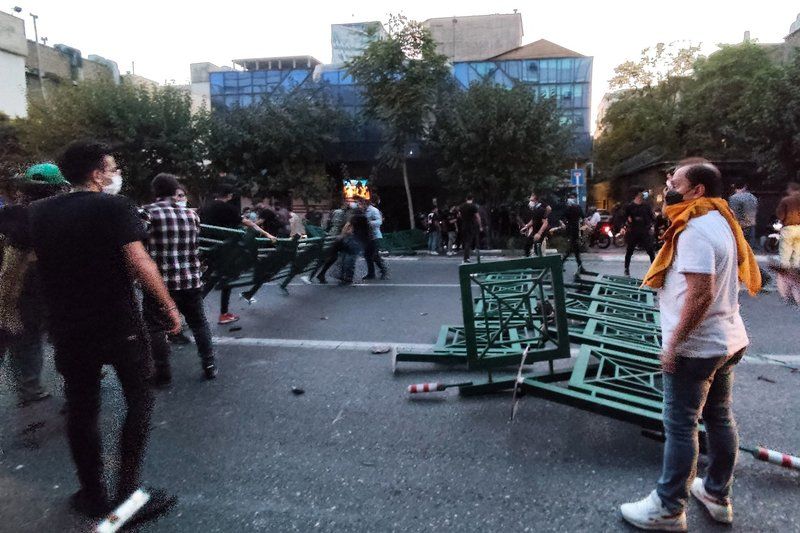
After the death of Mahsa Amini, Iran is shaken by bloody protests / AFP/”Scanpix” photo.
“Stop further state killings”
The United Nations High Commissioner for Human Rights, Nada al-Nashif, expressed concern over Amini’s death and the “violent response of the security forces to the protests.”
She said there must be an independent investigation into “Mahsa Amini’s tragic death and allegations of torture and ill-treatment”.
US national security adviser Jake Sullivan said: “We are not surprised to see that people from all walks of life in Iran are strongly opposed to this and say this is not a society they want to live in.”
Mahmood Amiry Moghaddam, director of the Norway-based NGO Iran Human Rights (IHR), said countries with diplomatic relations with Iran must take action to “stop further state killings and support people’s demands for their fundamental rights.”
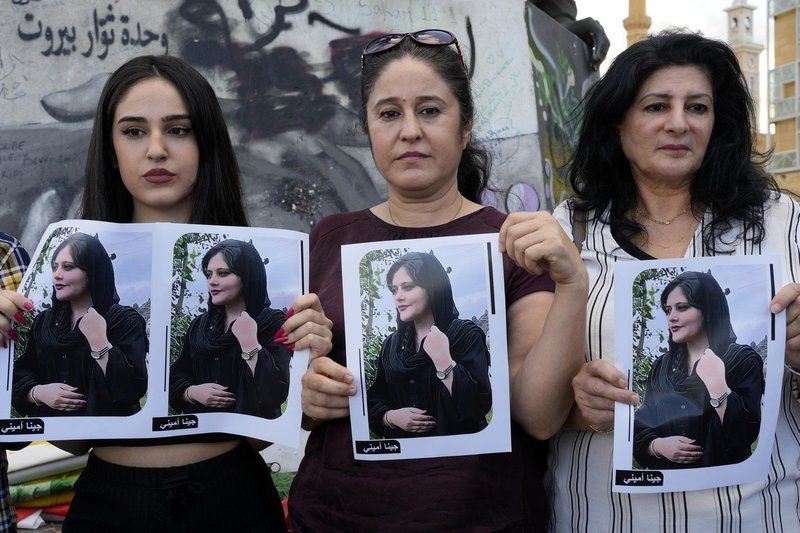
After the death of Mahsa Amini, Iran is shaken by protests / AFP/”Scanpix” photo.
Systematic persecution
IHR said security forces used batons, tear gas, water cannons, rubber bullets and live ammunition in certain regions to “suppress protests”.
Internet watchdog group Netblocks noted that protests in Kurdistan province knocked out internet for more than three hours on Monday and partially disrupted it in Tehran and other cities.
Photo gallery:
After the death of Mahsa Amini in Iran, protests shake the world (40 photo)
Tags: Aminis death Iran shaken bloody protests women cut hair public burn hijabs
-
